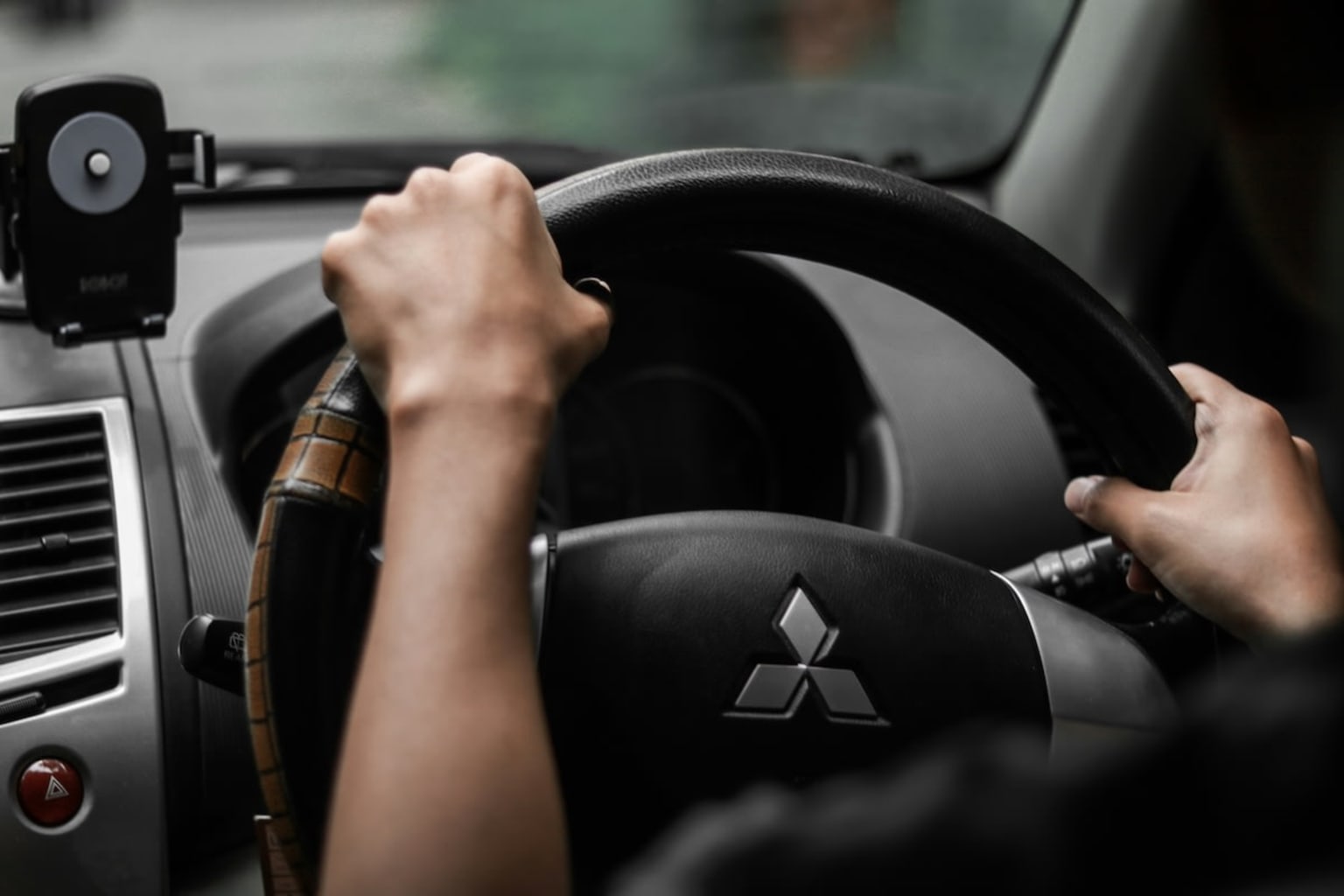
Mitsubishi Safety Features: What Sets Them Apart?
When it comes to choosing a vehicle, safety is paramount. Mitsubishi has long been recognized for its commitment to passenger safety, incorporating advanced features that set its vehicles apart from the competition.
Let's explore what makes Mitsubishi safety features stand out and why they should be a top consideration for any car buyer.
Rigid Structural Design: Mitsubishi vehicles are engineered with a strong and rigid structure that provides exceptional protection in the event of a collision. This structural integrity helps to minimize cabin deformation and better absorbs impact forces, enhancing overall safety for occupants.
Advanced Airbag Systems: Mitsubishi vehicles are equipped with a comprehensive array of airbags, including front, side, curtain, and driver's knee airbags. These airbags work together to provide a cocoon of protection, reducing the risk of injury in various collision scenarios.
Active Stability Control (ASC): ASC is a sophisticated electronic stability control system that helps drivers maintain control of the vehicle in challenging driving conditions. By continuously monitoring vehicle dynamics and applying brakes to individual wheels as needed, ASC enhances stability and traction, reducing the risk of skidding or loss of control.
Anti-lock Braking System (ABS): Mitsubishi vehicles come standard with ABS, which prevents wheel lock-up during hard braking maneuvers. This feature enables drivers to maintain steering control while braking, reducing the risk of accidents in emergency situations.
Forward Collision Mitigation (FCM): FCM is an advanced safety technology that utilizes sensors to detect potential frontal collisions with other vehicles or obstacles. If a collision is imminent, FCM can apply the brakes or issue warnings to alert the driver, helping to mitigate or avoid accidents altogether.
Blind Spot Warning (BSW): BSW employs radar sensors to monitor the vehicle's blind spots and alert the driver to the presence of vehicles in adjacent lanes. This feature helps drivers make safer lane changes and reduces the risk of collisions caused by blind spot-related errors.
Lane Departure Warning (LDW): LDW uses cameras or sensors to detect unintentional lane departures and alerts the driver through visual or audible warnings. By encouraging better lane discipline, LDW helps prevent accidents caused by drifting out of lane.
Rear Cross Traffic Alert (RCTA): RCTA is particularly useful when reversing out of parking spaces or driveways. It detects approaching vehicles from the sides and alerts the driver to potential collision risks, reducing the likelihood of accidents in busy parking lots or congested areas.
Adaptive Cruise Control (ACC): ACC maintains a set distance from the vehicle ahead by automatically adjusting the vehicle's speed. This feature helps reduce driver fatigue on long journeys and enhances safety by preventing rear-end collisions caused by sudden changes in traffic flow.
Multi-view Camera System: Mitsubishi vehicles may feature a multi-view camera system that provides a 360-degree view of the vehicle's surroundings. This bird's-eye perspective enhances parking maneuverability and helps drivers navigate tight spaces with confidence.
In conclusion, Mitsubishi's commitment to safety is evident in the innovative features integrated into its vehicles. Whether it's advanced collision avoidance technologies or passive safety systems, Mitsubishi prioritizes occupant protection and accident prevention.
When you choose a Mitsubishi, you're not just getting a reliable vehicle – you're investing in peace of mind on the road.